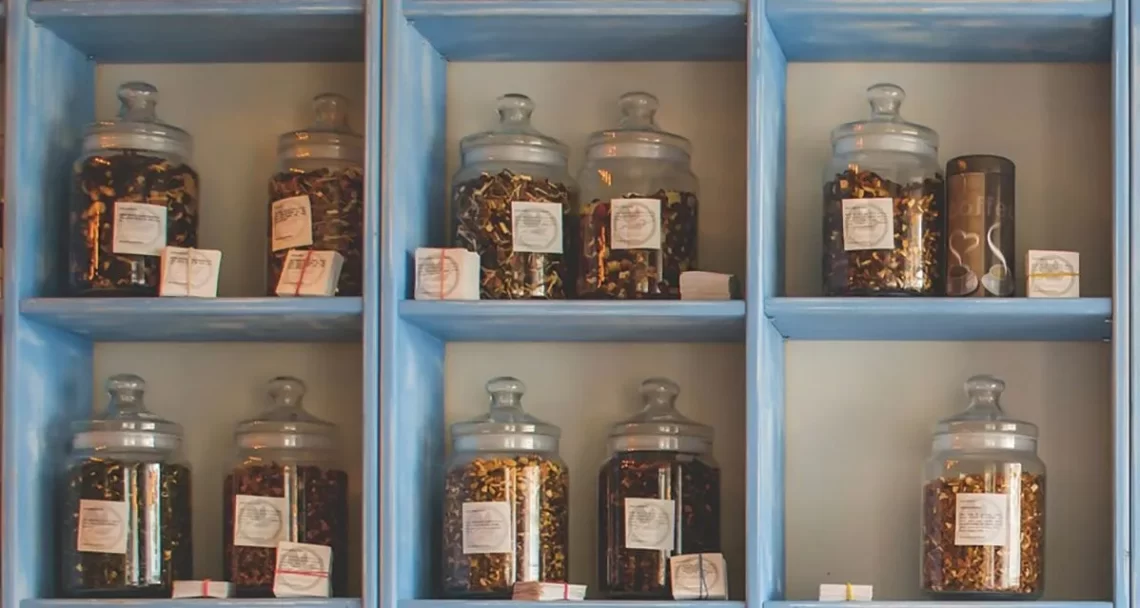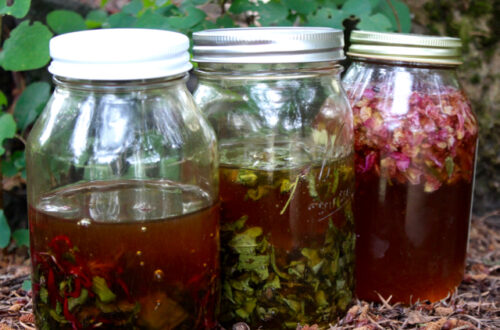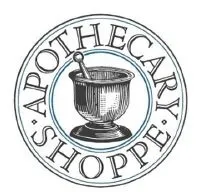Healing herbs should be growing strong by now. Many will have flowers and leaves ready for harvesting, and this is the time to gather them to preserve for later use. Whether the herbs are fresh or dried, they’ll be ready for making medicinal remedies that can be used year-round.
One of the easier and more popular ways to preserve herbs is to dry the leaves and flowers. There are a variety of drying methods:
Solar/air
Place leaves and flowers in a paper bag and hang them in a dry, warm place. Herbs could be placed directly on a screen in the sun, although there can be some loss of color and, depending on the herb, a loss of flavor when using this method. We prefer paper bags because they protect the herbs from dust, insects, and sunburn.
Dehydrator
Follow the instructions that come with the appliance. Low temperatures are best (less than 100 ⁰F), and total time to dry can be several hours. Most herbs dry well in a dehydrator. Color is fairly well maintained, and flavors are similar to air drying.
Microwave
Place leaves and flowers between two paper towels. Our typical suggestion for microwave use is about one minute at a power of 70 or 80. Flip or turn paper towels and dry again for one minute. Using the microwave requires some experimentation and learning. Too high or too long may cause herbs to catch fire. Most herbs dry well in a microwave, allowing them to be dried quickly while maintaining good color and flavor. This method works well if there is a need for herbs in a hurry.
Oven
This method is not recommended. For most ovens, there is no way to get a temperature lower than 170, which is too hot for drying herbs without crisping them. Even leaving the door open is not helpful – and who wants a hot oven running in the summertime!
Once the herbs are dried, they can be crushed or ground and should be stored in a glass jar in a dry, dark place.
Some herbs may be preserved in oils ready for making salves, lotions, or balms. Fresh herbs will not last as long in oil, and care must be taken to be sure they are not wet, which could lead herbs to mold. So they may need to be lightly wilted before use. Dried herbs work great in oil. Placing herbs, dry or fresh, in oil is an infusion.
Olive and sunflower oils are good choices for making infused oils.
Making an oil infusion:
Use a clean, dry glass jar – canning jars work well, but any clean and dry jar with a good lid will work Fill the jar half full with dried herbs, to the top with fresh herbs Pour oil over the herbs slowly, adding enough oil to completely cover the herbs.
1 Cover the jar, give it a few shakes, and put it in a cool place inside your house. Every now and then, give your jar a shake. It will be ready to use in 4-6 weeks. The jar may ooze or leak a little, so you can place it on a plate or towel to help keep the oil from staining your cupboard.
2 Strain the oil into your storage bottles through a strainer. You can line your strainer with fabric, such as muslin, to help keep out any little bits of herbs. Give the herbs a final few squeezes, or press gently with a spatula to get the last of that herb-soaked goodness.
3 Cap and label your bottles. The oil should last at room temperature for up to a year if kept in a dark cupboard; and two years if you add a capsule or two of vitamin E, a natural preservative.
In the next issue, we’ll present some products made from the herbs preserved over the summer.

Erin Harwood & Eloyce O’Connor
Erin Harwood & Eloyce O’Connor are co-owners of Garden Delights Herb Farm in Brush Prairie, WA, where they grow a variety of herbs for culinary, medicinal, pet, home, and garden use. They also offer classes.
For more info: www.gardendelightsfarm.com






